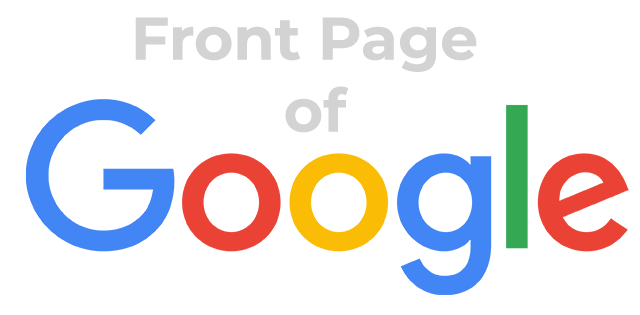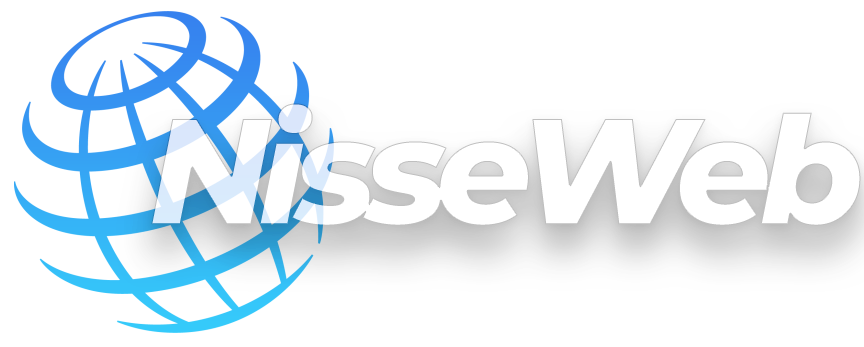
Tips on how to position yourself on the front page of Google
Positioning your website on the front page of Google, commonly referred to as achieving a high search engine ranking, requires a comprehensive SEO strategy that addresses both on-page and off-page factors. Here are some tips to help you achieve this goal:
On-Page SEO Tips
- Keyword Research
- Identify Keywords: Use tools like Google Keyword Planner, Ahrefs, or SEMrush to find relevant keywords with high search volume and low competition.
- Long-Tail Keywords: Target long-tail keywords that are more specific and less competitive, which can drive highly targeted traffic.
2. Optimize Page Titles and Meta Descriptions
- Compelling Titles: Create unique, keyword-rich titles for each page (within 50-60 characters) that accurately describe the content.
- Engaging Meta Descriptions: Write meta descriptions (within 150-160 characters) that include relevant keywords and a call-to-action to improve click-through rates.
3. Content Quality and Relevance
- High-Quality Content: Produce well-researched, original, and valuable content that meets the needs of your audience.
- Keyword Placement: Naturally incorporate keywords into your content, including headers, subheaders, and throughout the body text.
- Regular Updates: Frequently update your content to keep it current and relevant.
4. Header Tags and Content Structure
- Use Header Tags (H1, H2, H3, etc.): Structure your content with clear headings and subheadings to improve readability and SEO.
- Bullet Points and Lists: Use bullet points and numbered lists to break up content and make it easier to digest.
5. Internal Linking
- Strategic Links: Use internal links to connect related content, helping search engines understand your site structure and keeping users engaged longer.
- Anchor Text: Use descriptive anchor text for internal links that include relevant keywords.
6. Image Optimization
- Alt Text: Include descriptive alt text for all images, incorporating relevant keywords to help with image search rankings.
- File Names: Use keyword-rich file names for your images before uploading them to your site.
7. URL Structure
- Clean URLs: Ensure your URLs are short, descriptive, and include relevant keywords. Avoid using special characters and numbers.
Technical SEO Tips
Mobile-Friendliness
- Responsive Design: Ensure your website is fully responsive and provides a seamless experience across all devices.
- Mobile Testing: Use Google’s Mobile-Friendly Test tool to check your site’s mobile compatibility.
Site Speed
- Optimize Load Times: Reduce load times by compressing images, leveraging browser caching, and minimizing HTTP requests.
- CDN: Use a Content Delivery Network (CDN) to improve load times for users across different geographical locations.
Secure Website (HTTPS)
- SSL Certificate: Implement HTTPS by installing an SSL certificate to encrypt data and boost search rankings.
XML Sitemap and Robots.txt
- Submit Sitemap: Create and submit an XML sitemap to Google Search Console to help search engines index your site.
- Optimize Robots.txt: Use the robots.txt file to control which parts of your site search engines can crawl.
Off-Page SEO Tips
Quality Backlinks
- Earn Backlinks: Focus on earning high-quality backlinks from reputable and relevant websites. This can be achieved through guest blogging, influencer outreach, and creating shareable content.
- Avoid Spammy Links: Avoid low-quality or spammy backlinks, as these can harm your site’s reputation and rankings.
Social Media Engagement
- Active Presence: Maintain an active presence on relevant social media platforms to drive traffic and engagement.
- Share Content: Share your content on social media to increase visibility and the likelihood of earning backlinks.
Local SEO
- Google My Business: Create and optimize your Google My Business profile to improve local search visibility.
- Local Citations: Ensure your business is listed accurately on local directories and review sites.
Online Reviews
- Encourage Reviews: Encourage satisfied customers to leave positive reviews on Google and other review platforms.
- Respond to Reviews: Actively respond to reviews, addressing both positive and negative feedback.
Continuous Monitoring and Optimization
Regular Audits
- SEO Audits: Perform regular SEO audits using tools like Screaming Frog, Ahrefs, or SEMrush to identify and fix issues.
- Content Audits: Regularly review and update content to ensure it remains relevant and optimized.
Analytics and Tracking
- Google Analytics: Use Google Analytics to monitor traffic, user behavior, and key performance indicators (KPIs).
- Google Search Console: Track your search performance, identify indexing issues, and see which queries bring users to your site.
Adapt to Algorithm Changes
- Stay Informed: Keep up-to-date with Google’s algorithm changes and adjust your SEO strategy accordingly.
- Continuous Learning: Regularly educate yourself on the latest SEO best practices and trends.
Following these tips and maintaining a consistent effort in optimizing your website, you can improve your chances of achieving and maintaining a front-page position on Google.
Start your WEB business journey with me
NisseWeb is a premium design agency focused on quality, innovation, and speed. I use technology to deliver results to grow our clients’ businesses

A web design that will capture the essence of your brand and appeal to your target audience. From Wireframes to beautiful user interfaces that drive engagement and conversions.


NisseWeb is a premium design agency focused on quality, innovation, and speed. I use technology to deliver results to grow our clients’ businesses
Copyright: © 2024 nisseweb theme by NisseWEb. All Rights Reserved.

